722 REWORKING OUR GUNDOGS
RE-WORKING OUR GUNDOGS
by David Hancock
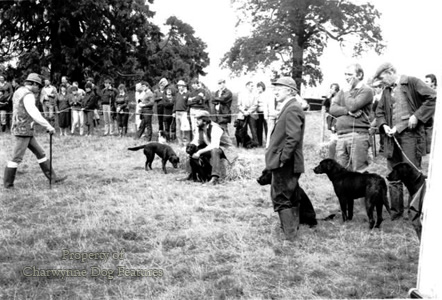 Is it enough for us merely to follow fashion in gundogs in Britain and restrict our gundogs to the same old annual trials and working tests? The continuing campaign against any kind of sporting activity which involves hunting with dogs may in time force us towards different forms of trials and tests. Falconry, hound trailing, lure chasing, tracking and water rescue all offer challenges to sporting dogs. We should never be content just to perpetuate last year's or the last century's competitions. Our dogs would surely benefit from more pioneering initiatives over field tests and less of the stultifying status quo! The use of specialist breeds that excel should not exclude the use of gifted dogs with talent wastefully buried. This might even give new life to our struggling native minor gundog breeds!
Is it enough for us merely to follow fashion in gundogs in Britain and restrict our gundogs to the same old annual trials and working tests? The continuing campaign against any kind of sporting activity which involves hunting with dogs may in time force us towards different forms of trials and tests. Falconry, hound trailing, lure chasing, tracking and water rescue all offer challenges to sporting dogs. We should never be content just to perpetuate last year's or the last century's competitions. Our dogs would surely benefit from more pioneering initiatives over field tests and less of the stultifying status quo! The use of specialist breeds that excel should not exclude the use of gifted dogs with talent wastefully buried. This might even give new life to our struggling native minor gundog breeds!
If you look at the annual registrations of gundog breeds with the Kennel Club, you can quickly see the popularity nowadays of the Hunt, Point and Retrieve breeds from the continent. In the year 2009, only 741 Pointers were registered against 1,281 GSPs; 1,332 Hungarian Vizslas were registered against 211 Clumbers, 51 Fields, 60 Sussex and 131 Whiptails; 1,951 Weimaraners were registered against 847 Irish Setters, 295 English Setters and 192 Gordon Setters. More Italian Spinoni were registered than the combined totals of Curly-coats, Irish Red and White Setters and two of the minor spaniel breeds. Thirty five years ago, only 541 GSPs, 331 Weimaraners and 94 Hungarian Vizslas were registered and no Spinoni. But nearly four times as many Irish Setters were registered in 1975 as in 2000. 
Even fifty years ago, the shooting men went for British gundogs; not any more. Each year an additional three and a half thousand pointers from Germany increase the German representation, to outnumber the combined annual registrations of all the setter breeds and the pointer of these islands. More Italian spinones and Hungarian vizslas are registered annually than four of our spaniel breeds. The preference for 'hunt, point and retrieve' breeds has largely caused this, but our national fascination with all things foreign plays a part too. The sustained popularity of Labrador and Golden Retrievers and the English Springer too mustn't be allowed to mask the worryingly small numbers of far too many of our native gundog breeds.
The success story of the 20th century is undoubtedly that of the Labrador retriever, with the golden retriever and the English Springer not far behind. In his 'Dogs since 1900', Arthur Croxton Smith wrote: "The year 1903 was memorable in the history of Labradors, which had hitherto been little known except among a few select sporting families...I must admit that before 1903 I had never seen one...Then in that year a class was provided for them at the Kennel Club show at the Crystal Palace." In 1908, 123 were registered, in 1912 - 281, in 1922 - 916, by the 1950s 4,000 were being registered each year, in the 1980s - 15,000 a year, rising to nearly 36,000 in 1998 and over 45,000 a year more recently. No other breed in the history of pure-bred dogs can match that rise in popularity.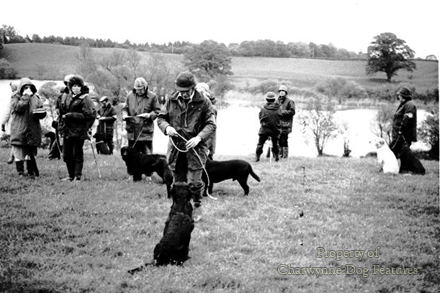
Is there a need to restrict the often whimsical fashion for importing fresh foreign breeds into this country? Coming along behind the German short-haired pointers are the Stichelhaars and the Langhaars, behind the Large Munsterlander is the small variety and then there are the French pointers: the Braque d'Auvergne, the Braque St.Germain and the two sizes of Braque Francais, and the Epagneuls: Picard, de Pont-Audemer and Francais, as well as the Dutch dogs: the Stabyhoun and the Drentse Patrijshond. I admire many of these breeds and have seen them at work in their native countries. I’d like to see talented specimens from those breeds gracing our shooting fields but I wouldn't want them to gain ground here at the expense of our own breeds. 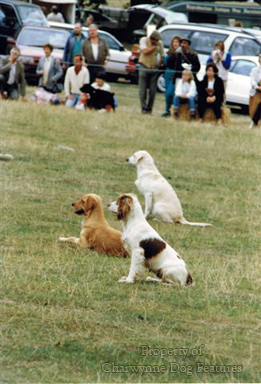
The Federation Cynologique Internationale (FCI) or world kennel club, recognises some 340 breeds, around twice the number recognised by our KC and the American KC. But the FCI has at last acknowledged the need to restrict the number of new breeds it accepts. It now demands a minimum of eight distinct bloodlines, at least a thousand dogs registered and evidence of control of hereditary problems. Against those criteria, foreign gundog breeds like the Hertha Pointer, the Perdiguero de Burgos, the Boykin Spaniel and the Braque Dupuy could never be registered here. There is now a real need for more awareness of old British breeds. It would be good to see a breed like the admirable Curly-coated Retriever becoming more popular as a companion dog. The huge popularity of the Labrador has resulted in both over-breeding and unwise breeding leading to undesirable health problems in some stock, as it has in the Golden Retriever too.
But fashion is fickle and breeds can suffer cruelly from it. If you look at the advertisements in the sporting press for gundog pups from the highly popular breeds, most are from parents neither hip scored nor eye-tested. If only the public would insist on health screening for their prospective purchases; it would put an important new dimension into breeding plans. I have seen puppies advertised at high fees without the high hip score of their dam or sire being stated during subsequent enquiries. Hip dysplasia is a complex disability but inheritance is a major factor. It is surely of paramount importance for working dogs of any breed to be clear of potentially crippling disabilities.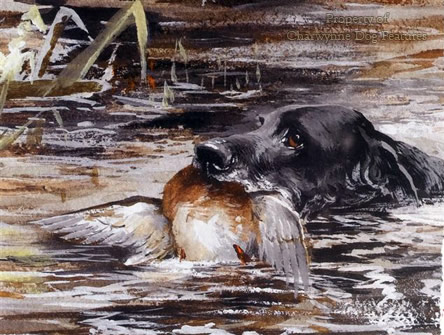
Sadly gundog breeds which become highly popular are more likely to be carelessly bred and thoughtlessly owned. For every comment on Labradors at field trials resembling 'black Whippets', twenty could be made on fat Labradors in suburban gardens. It is sadder still to see both the Labrador and the Golden Retriever featuring high in breed listings for dogs with unacceptable temperaments. In some places in North America both breeds are banned under local so-called dangerous dog legislation. Popularity has its perils; when demand is high, standards can be lowered. The over-use of successful sires, which have not been screened for inheritable defects, is surely the road to ruin.
But whilst unpopularity need not lead to lower standards, a reduced gene pool, the lack of a major leading kennel and declining field employment can all add up to diminished quality. Just as the HPR breeds have been favoured by individuals ambitious for their dogs, so surely could the minor native gundog breeds. If the German wire-haired Pointer, Braithewaite Hanky Panky, owned by Anne Collen and bred by David Brigden, can beat 55 other dogs to become an International Working Trials Champion, can this not encourage other breeds to follow suit? Natural working ability has to be matched by expert handling of course, but how ambitious are the other breed enthusiasts?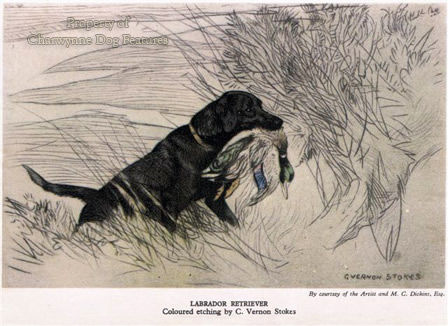
It may not be 'fashionable' to enter gundogs in such working trials but new competitions attract talent from unfamiliar sources. In America, the United Kennel Club has announced the expansion of its extremely successful Hunting Retriever Program with a new Started Hunting Retriever title available this year. Its object is to attract those who support hunting and promote the use of hunting dogs, the fourth title available for hunting retrievers from the UKC. This shows the advantage of having more than one kennel club and of having one more interested in working dogs. This is a fashion we could benefit from.
With their earthdog, Airedale and Beagle trials, for example, the Americans are ahead of us in promoting the use of working dogs across a wider spectrum. The HPR breeds could be entered for a range of working trials, not just those for gundogs by their nature. Here is a group of dogs that can follow wounded game or track deer and boar, work with the falcon, quarter ground close or wide, hold game on point, flush on command, mark and retrieve shot game, work in water and dense cover, withstand the cold and wet, and yet provide companionable loyalty and affection for their owners. Versatile breeds need a whole range of tests if they are to show their mettle and be fully exercised.